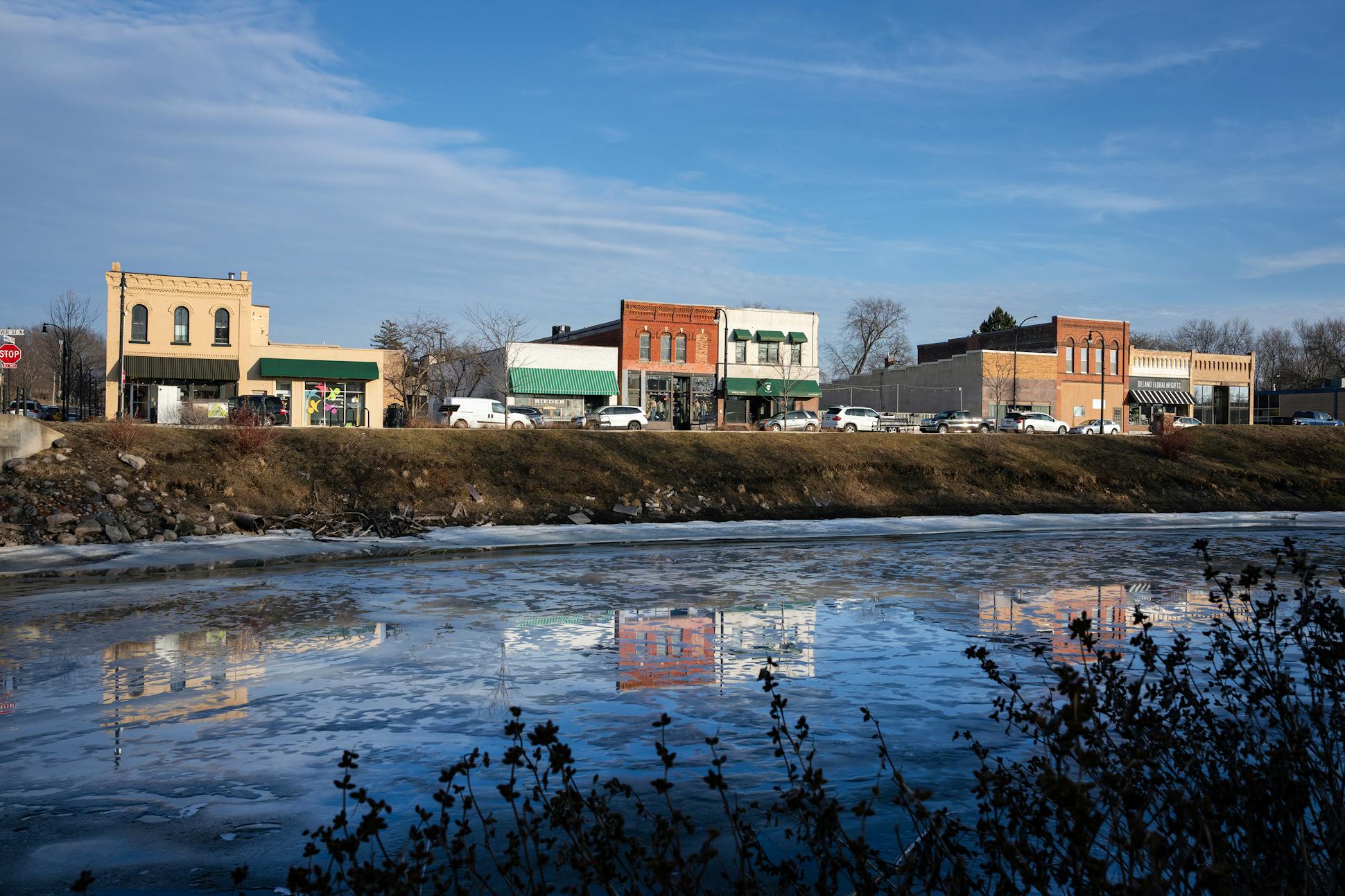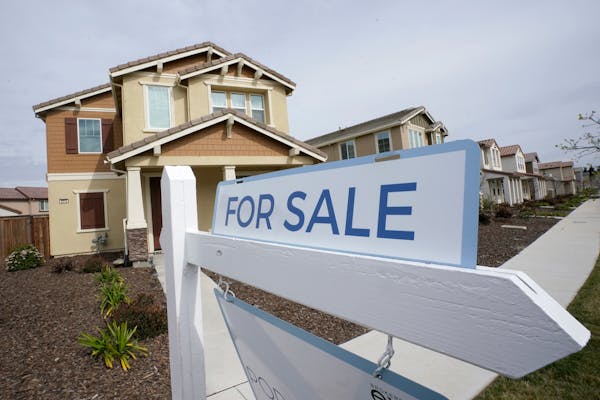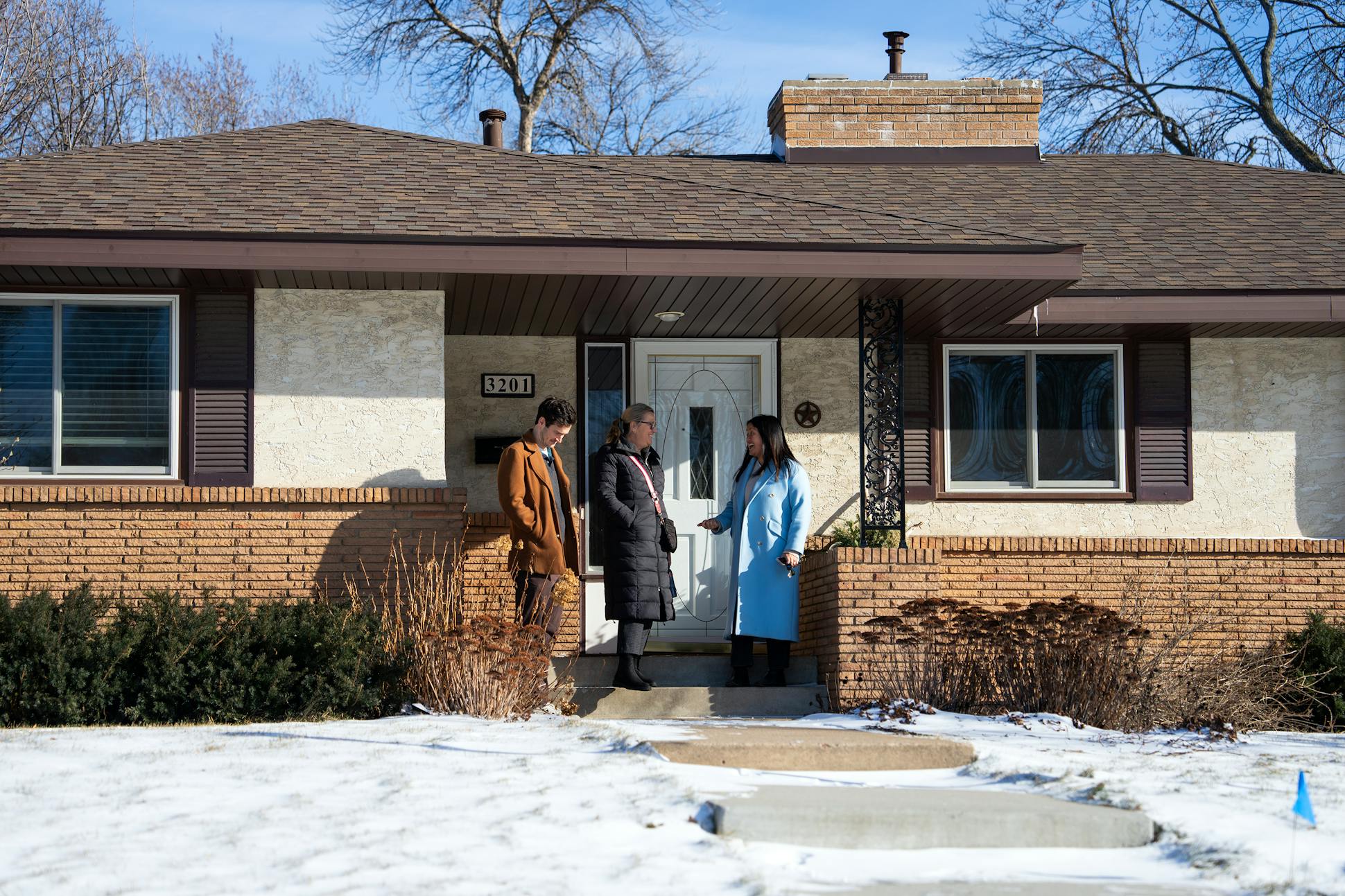Move-up buyers with disposable income fueled the hottest Twin Cities housing markets
Libby Jacobson bought her first house — a tidy Arts & Crafts-style charmer in northeast Minneapolis — in 2022, when competition was fierce but mortgage rates were still near all-time lows.
By last fall, mortgage rates had nearly doubled, and she was thrilled that she had bought when she did. But the house was feeling too cramped for her, her fiancé and their dog. After ruling out building an addition for more space, they chose to start housing hunting again. Their target: St. Anthony, a sleeper of a suburb tucked between Minneapolis and Roseville.
"It has bigger lots and houses with more space," Jacobson said. "And it has proximity to everything."
That inner-ring suburb was one of the hottest housing markets in the Twin Cities metro area during 2023, according to the Star Tribune's annual Hot Housing Index. The index analyzed nearly 35,000 home sales and showed that many of the hottest markets in the region catered to move-up buyers — those least likely to be affected by higher mortgage rates.
From Arden Hills to Wayzata, the most sought-after cities were outer-ring suburbs, with the top spot going to Delano, a laid-back river town about 30 freeway miles — but only two stop lights — west of downtown Minneapolis.
"For people wanting to be in Wayzata or Long Lake but can't afford it: We're affordable," said Jeff Vanderlinde, a real estate broker and life-long Delano resident. "People can come out here and get some elbow room."
Moving out
On average last year, houses in Delano sold for $174 per square foot, less than half of what it cost to live in nearby Wayzata — $394 per square foot, according to the index. With plenty of developable land — about 150 houses built each year in the city — it's been a popular destination for families.
Delano, population 7,000, was also one of the few cities in the metro area last year where home sales increased, rising 3% from the previous year at a time when most cities saw a double-digit decline in closings. Buyers there burned through the listings, causing one of the steepest declines in house listings in the metro area. At the end of the year, there were only enough houses for sale in the area to last less than a couple of weeks, an unusually low level of supply compared with previous years.
"We can't keep anything on the market," Vanderlinde said. "We'd put a listing on, and buyers were still competing even though mortgage rates were up."
To find out which cities defied the topsy-turvy impact of higher mortgage rates on buyers and sellers last year, the Hot Housing Index focused mostly on whether there was a sudden increase or decrease in sales from 2022 to 2023. It also took into account whether there was an unusual scarcity or abundance of houses for sale. Two metrics were the basis of those factors: the annual change in closings and a measurement known as the "months supply of inventory," meaning how long the supply of house listings would last given the sales pace at the time.
Combined, both measures show where sales increased the most and listings fell the hardest. To a lesser extent, the index factored in the change in the average per-square-foot sale price compared with the previous five-year average.
Delano and St. Anthony — the third-hottest city in the metro area — are miles apart, and in many ways a study in contrasts. They represent the divergent wants and needs of homebuyers last year. Remote work has enabled many to live on the fringe of the metro, driving migration to Delano and other exurbs where prices are lower. At the same time, millennials like Jacobson and her fiancé, Kyle Staunton, are now at their peak years for buying homes and starting families, driving demand for larger, more family-friendly houses in suburbs with highly rated school districts, like No. 2-in-the-index Arden Hills.
Moving up
Though Delano was one of the most affordable cities last year, it's a place with plenty of options for move-up buyers. Vanderlinde said growing numbers are looking for houses on several acres and are willing to spend far more than those shopping for an "in-town" home.
When Joe and Kathy Jenniges started looking for a house in a rural setting, they were already well-acquainted with Delano. They raised their two kids there but moved to their cabin several years ago after retirement. They decided to move back again since both of their children also returned to Delano to raise their own families.
"As high schoolers, they swore they'd never come back," Joe Jenniges said. "And we decided that being three hours away is not sustainable, and we need to be closer to kids and grandkids."
With a budget of up to $1 million, a house on acreage near both sets of offspring was at the top of their list. But the pickings were slim before Vanderlinde put them in a touch with a couple who was ready to sell their three-bedroom house on 7.5 acres but hadn't listed it yet.
"We saw it for a few minutes and knew we wanted it," Jenniges said. "It was rough being a buyer ... but it was the best thing we ever did."
In nearly every one of the 98 cities in the index, including Delano, year-over-year prices declined or the price gains slowed significantly. Compared with their five-year average, however, all the communities in the index saw higher prices last year.
Wayzata, the ninth-hottest city last year, was the most expensive on the index by a long shot. It was also one of the few that saw a year-over-year price increase. The same was true for a handful of other more expensive cities including Orono, Edina and Mahtomedi.
The same was true in some of the least expensive cities, but the difference there is that those cities saw the biggest declines in sales last year. In Isanti, prices increased by double digits, but sales fell more than 30%. The same was true in St. Francis, Little Canada and Becker.
In many of those starter markets, higher mortgage rates are stifling sales by reducing not only the number of people who can afford to buy there but also the number of people willing to sell.
With two incomes and plans to start a family someday, Staunton and Jacobson were willing to take on a mortgage rate nearly double what they have on their starter house in Northeast Minneapolis if it means a bigger house and top-rated school district. But they've found a way to hang on to that now-unattainable low mortgage rate: They'll keep that northeast Minneapolis house as a rental.
Jacobson said there was another offset for the higher rate. When she was a buyer two years ago, she had to make a split-second decision, pay more than the asking price and make other concessions. As a buyer last fall in St. Anthony, she felt less pressure and was relieved to see price cuts on some houses.
Still, when their agent Kathy Borys called to say she was about to list a 3,330 square-foot rambler on a nearly one-third-acre lot less than two blocks from a school, park and community center, they bought it immediately.
"I didn't have to waive the inspection, got to learn more about the house and spend more time with the decision," Jacobson said. "I felt like I had more control over my own destiny."




